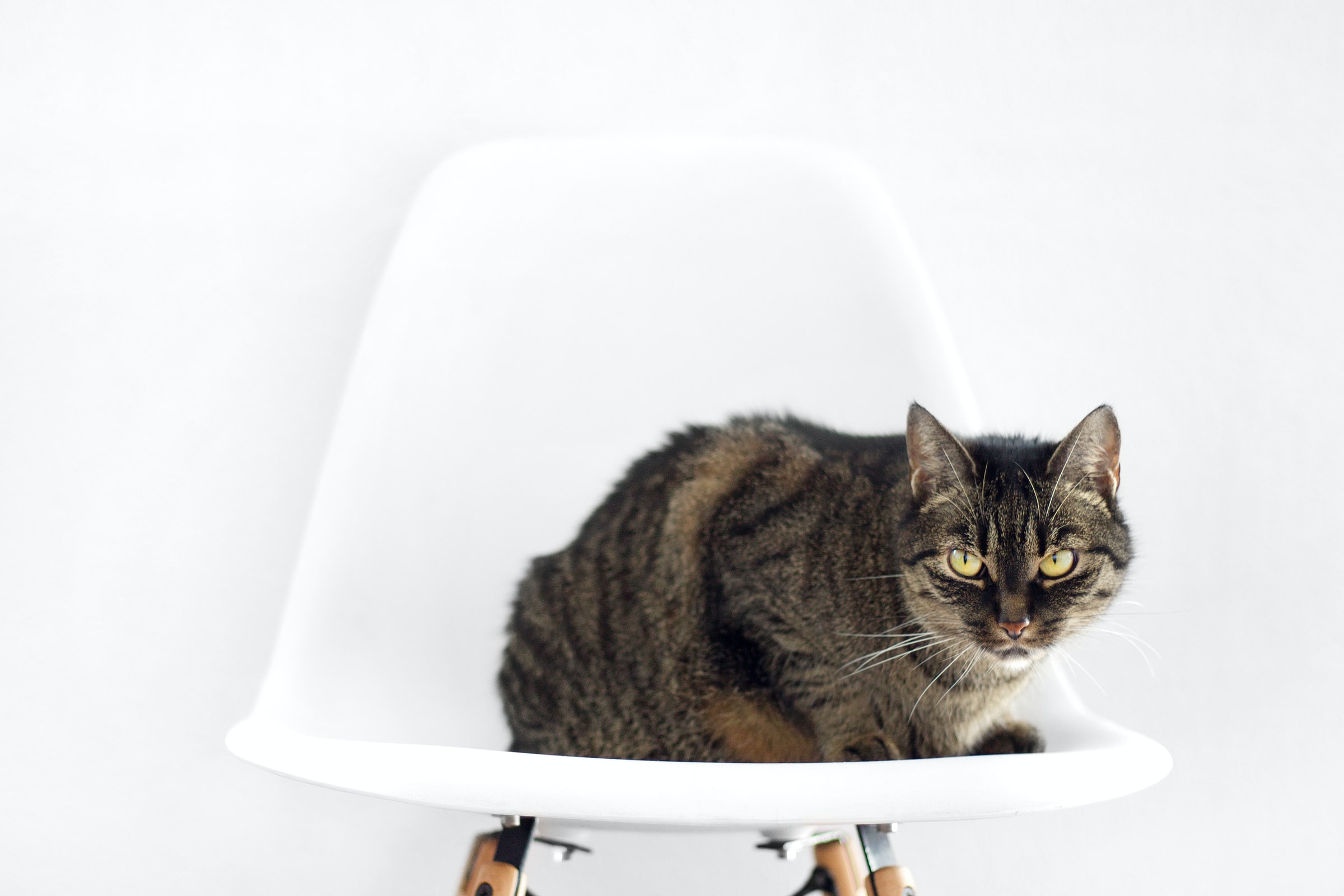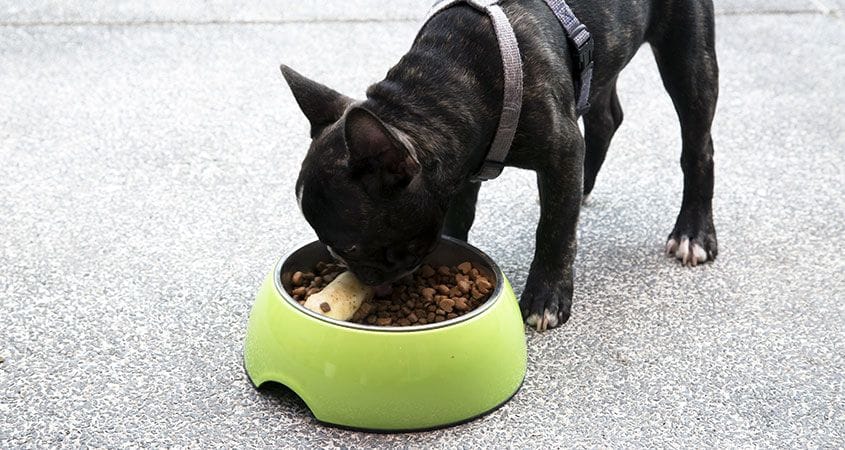Mastering the laws of making cat natural food at home is beneficial. Everything that is not eaten at the master’s dinner table is included in some people’s definition of “natural feeding.” This isn’t acceptable! This type of food is extremely dangerous to a cat’s health. To give a decent, meaningful life to a pet, it must prepare its own food, carefully selecting the diet’s components.
Natural Feeding Fundamentals
When it comes to natural cat feeding, the owner’s primary goal is to design a diet that is as similar to a pet’s natural “menu” as possible.
Cats, unlike more omnivorous canines, are obligatory predators. They eat the carcasses of tiny rodents and birds, which provide them with all of the nutrition they require. They eat in little bits multiple times a day. The digestive systems of feline relatives have been adapted to this manner and type of diet.
Their metabolism is defined by a protein-fat ratio. Because the enzymes required for carbohydrate digestion are not generated in predators’ gastrointestinal tracts, carbohydrates are not absorbed.
For regular bowel function, they are required in modest amounts.
It’s nearly impossible to replicate the natural feeding of pets at home. It’s hard to envision a cat owner agreeing to let laboratory mice or birds loose in the flat so the cat can hunt them as needed. Conscientious cat owners strive to artificially improve the cat’s diet.
The first decision you must make is how you will eat. There are three possibilities:
- Access is unrestricted;
- portion sizes are limited, and
- time mode is available.
They all have advantages and disadvantages. Feeding at a regular interval and at the same time helps to regulate the amount of food ingested, stabilize the digestive system, and prevent obesity.
A cat’s natural diet more closely resembles when food is freely available.
She has more control over her “reserves,” and she feels and acts more calmly. At the same time, an owner who feeds their cat in this manner may not discover problems with the cat’s appetite or overeating right once.
When there are multiple cats in the house, such a system of food intake is very harmful. Individuals who lack a sense of proportion will struggle with the free access strategy. There are a lot of these cats; they devour the full portion at once, regardless of how big it is, and then gain weight swiftly.
General Guidelines For Cooking At Home
The food you provide for your cat must match the following criteria:
Be safe;
It contains all of the substances required for the body’s regular functioning.
The diet must include the following foods:
Proteins make up to 80% of a person’s daily diet; lipids; carbohydrates should be present in food every day, although in little amounts;
Fiber is required for normal intestinal function, complete meal absorption, vitamins, and trace elements.
A word of caution! The most common mistake made by owners is to feed the cat only one type of food. This is incorrect; the predator must obtain all of the materials!
Give the cat neither hot nor cold food (it will be difficult to digest). This is necessary to “bring” food to room temperature.
It is permitted to combine the meat portion of the meal with vegetables or grains, but not to divide the fermented milk portion into a separate meal.
It is not necessary to have a large variety (the main thing is not to feed the cat with a single product). The same food every day is only a problem for the owner, who is concerned that the pet will eat the same thing every day.
Cat natural food conservative; once they’ve been accustomed to one diet, switching to another is tough (and not without gastric issues). It is preferable to maintain a balanced diet for a lengthy period of time.




